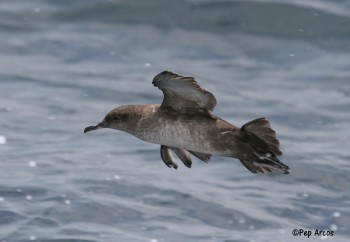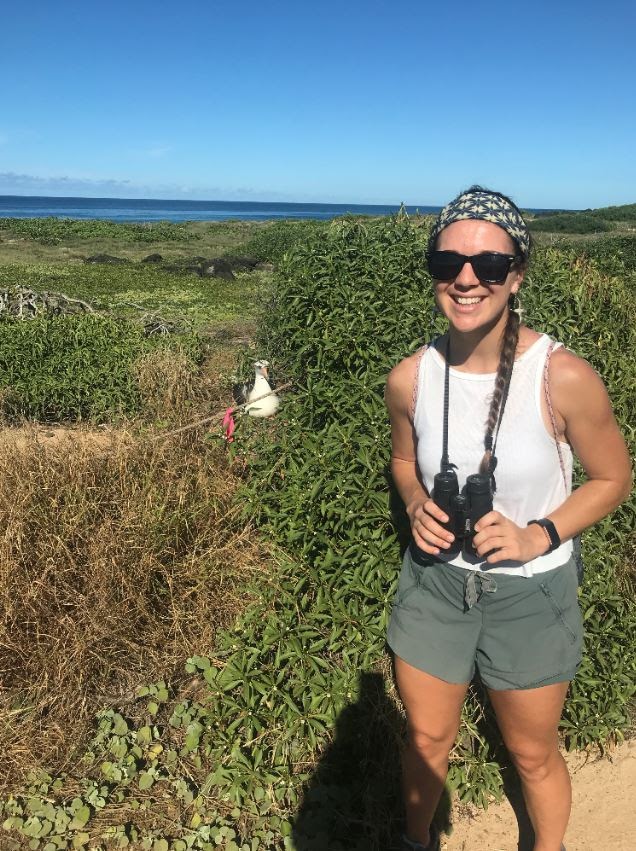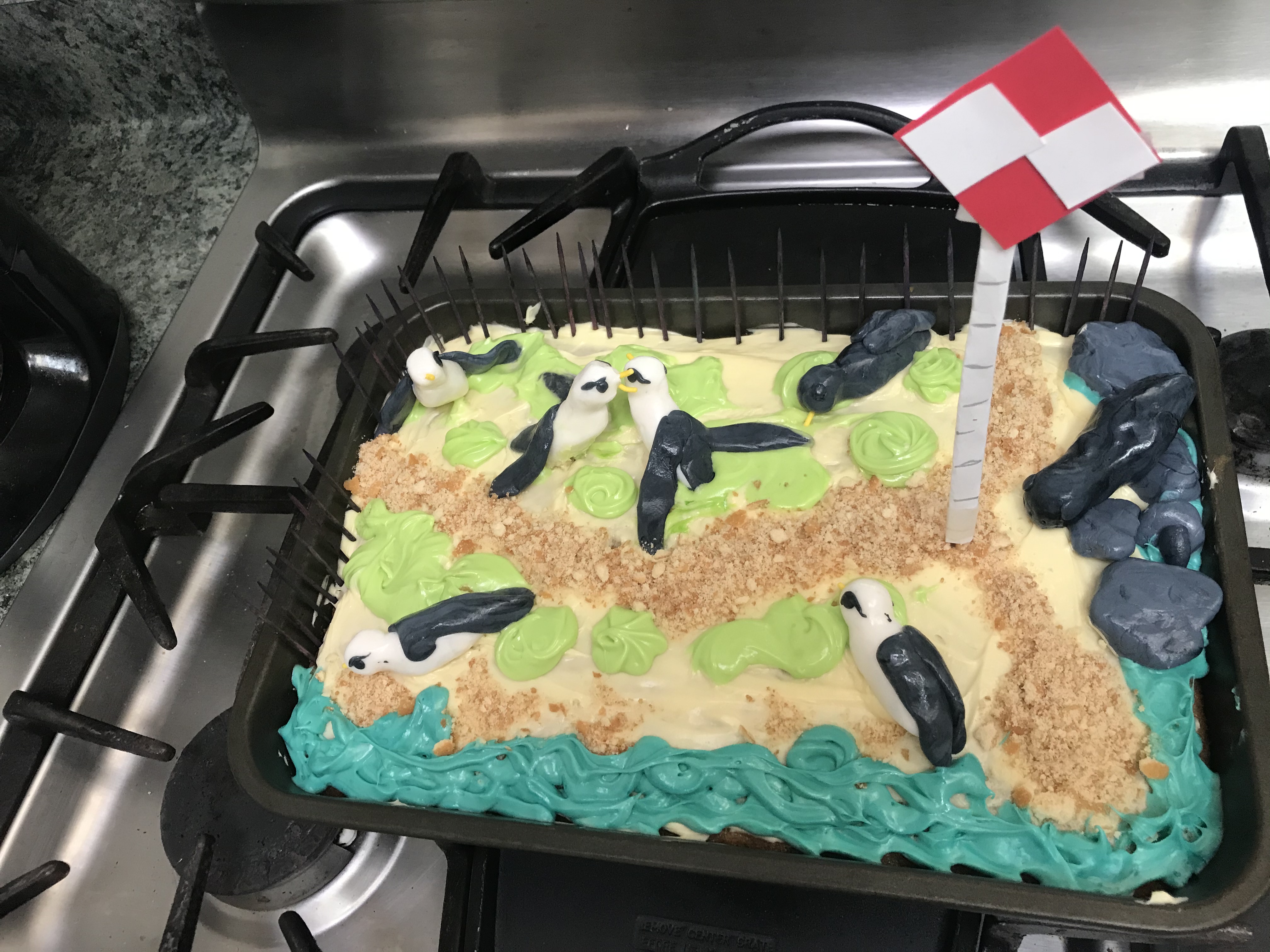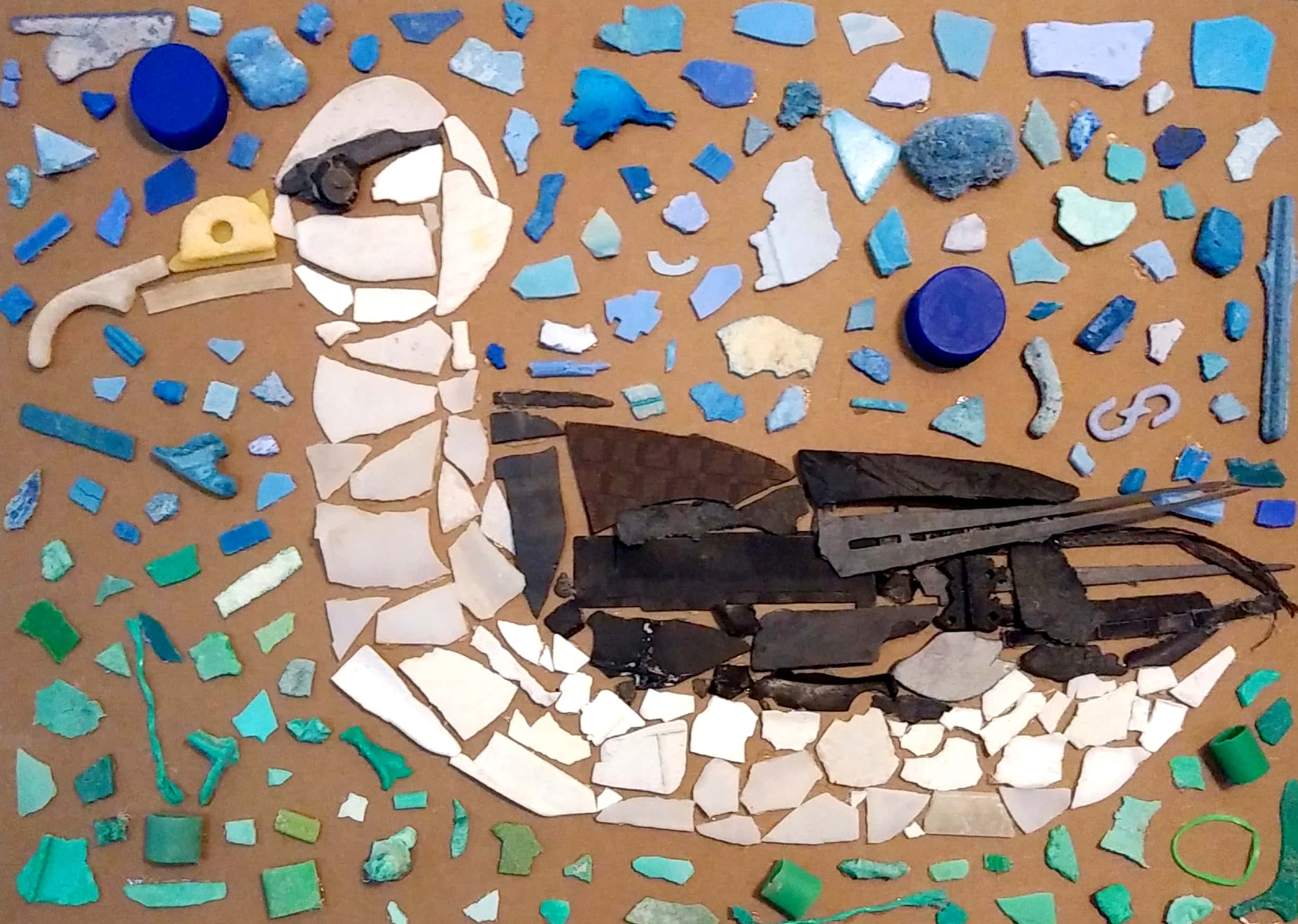
The Pacific Seabird Group held its 47th Annual Meeting in Portland, Oregon, USA over 12 - 15 February this year. A list of presentations on albatrosses and seabird bycatch by fisheries with their senior authors follows. Their abstracts may be found online. Note next year’s annual meeting will be a ‘virtual' one, held online. Abstracts of earlier meetings may be found here.
*******************
Using high resolution satellite imagery to count nesting pacific albatross. Jane Dolliver
Short-Tailed Albatross (Phoebastria albatrus) recent and historical nesting activity at Midway Atoll National Wildlife Refuge. Theresa Geelhoed
Seabird interactions with the catcher-processor trawl fleet targeting Pacific Hake off the U.S. west coast. Amanda Gladics
NOAA Fisheries National Seabird Program: advancing conservation, sustainable fisheries, and ecosystem-based management. Annette Henry
Seabird sensory ecology, morphology and bycatch. Ariel Heswall
Mice to eat you: uncovering the diet of invasive House Mice. Wieteke Holthuijzen
species identification by deep learning with bycatch seabird photo taken in pelagic longline scientific observer research. Yukiko Inoue
Short-tailed Albatross translocation: how'd it go, and what's up now? Jessy Jacobs [Note no results given in abstract]
Using Bayesian models to estimate Black-footed Albatross bycatch in the U.S. west coast demersal longline Sablefish fishery. Jason Jannot
International cooperation to reduce interactions between seabirds and fisheries. Mi Ae Kim
A review of seabird bycatch and mitigation efforts in Alaska fisheries from 2010 through 2018. Joseph Krieger
Development of automated seabird species recognition for use in electronic monitoring applications. Braden Moore
Seabird restoration - addressing introduced predators and rapidly rising sea level. Jay Penniman (Black-footed & Laysan Albatrosses)
A summary of albatross band recovery data in the Hawaii deep and shallow set longline fisheries. John Peschon
Global seabird bycatch assessment in tuna longline fisheries with focus on the southern hemisphere. Yasuko Suzuki
Midway Seabird Protection Project - the final countdown. Jared Underwood
Reference:
Pacific Seabird Group 47th Annual Meeting, Portland, Oregon, 12 - 15 February 2020. Book of Abstracts. 94 pp.
John Cooper, ACAP Information Officer, 08 September 2020

 English
English  Français
Français  Español
Español 





